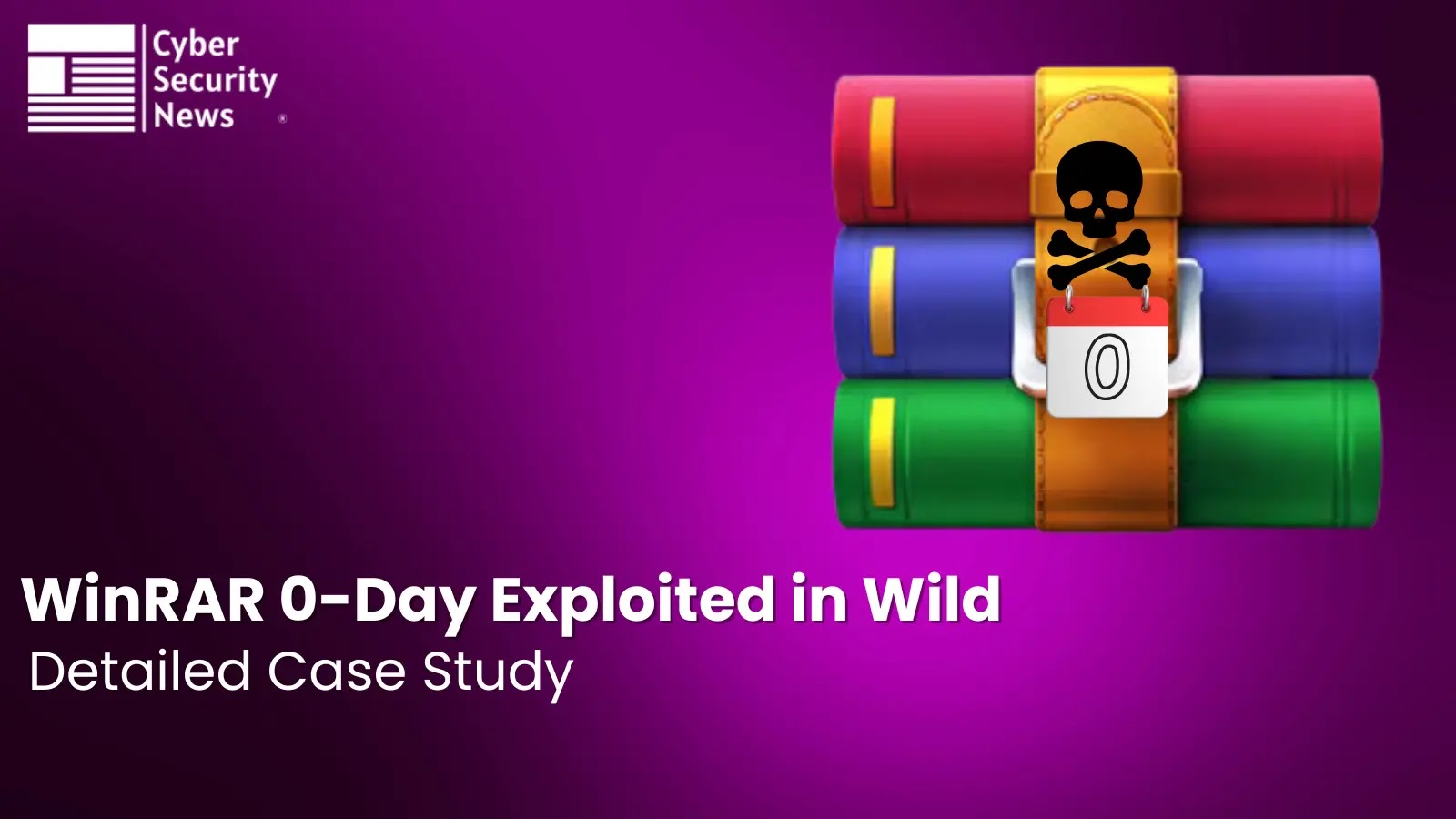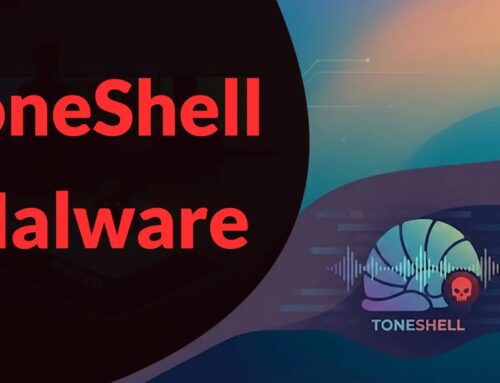
WinRAR 0-Day Vulnerabilities Exploited in Wild by Hackers – Detailed Case Study
WinRAR 0-Day Vulnerabilities Exploited in Wild: A Critical Case Study for Cybersecurity Professionals
The recent revelation of two critical zero-day vulnerabilities within WinRAR, a ubiquitous file compression utility, marks a significant upheaval in the cybersecurity landscape. These active exploits, leveraged by threat actors in the wild, underscore the persistent challenges organizations face in securing their digital assets, even against seemingly innocuous software. As cybersecurity professionals, understanding the mechanics of these attacks and implementing timely remediation is paramount to defending against sophisticated campaigns.
Understanding the WinRAR 0-Day Exploits
The vulnerabilities in question, identified as CVE-2025-6218 and , represent highly sophisticated attack vectors. Threat actors have successfully weaponized these flaws, enabling them to achieve remote code execution (RCE) on compromised systems. This RCE capability means an attacker can run arbitrary code on a victim’s machine, effectively taking control of it. Beyond RCE, these vulnerabilities facilitate the establishment of persistent access, allowing attackers to maintain a foothold on the compromised system for extended periods.
The primary vector for these attacks involves maliciously crafted archive files. When a user interacts with such an archive – typically by opening or extracting its contents – the embedded exploit code is triggered, leading to the compromise. This makes the attacks particularly insidious, as they rely on a common user action and exploit a trusted application that is widely installed across systems globally.
Impact and Implications for Organizations
The exploitation of WinRAR 0-days carries severe implications for organizations. Remote code execution is among the most critical vulnerability types, providing attackers with deep access and control. This level of compromise can lead to:
- Data Exfiltration: Attackers can steal sensitive data, including intellectual property, customer information, or financial records.
- Ransomware Deployment: The ability to execute arbitrary code paves the way for deploying ransomware, encrypting critical data and demanding payment.
- Network Lateral Movement: A compromised machine can serve as a pivot point for attackers to move laterally across the network, escalating privileges and compromising other systems.
- Persistence and Backdoors: Establishing persistence allows attackers to maintain access even after system reboots, making detection and eradication significantly more challenging.
Given WinRAR’s widespread usage, the potential attack surface is immense, affecting individuals and enterprises across all sectors. The active exploitation in the wild necessitates immediate and decisive action from IT and security teams.
Remediation Actions and Best Practices
Addressing these WinRAR 0-day vulnerabilities requires a multi-faceted approach. Prompt action is crucial to mitigate the immediate threat and enhance long-term security posture.
- Update WinRAR Immediately: The most critical step is to apply the latest WinRAR patches provided by the vendor. Ensure all instances of WinRAR across your environment are updated to the secure version that addresses CVE-2025-6218 and .
- User Awareness Training: Educate users about the dangers of opening unsolicited or suspicious archive files, especially those from unknown senders. Emphasize verification processes before interacting with attachments.
- Endpoint Detection and Response (EDR): Leverage EDR solutions to monitor endpoints for suspicious activity, including unexpected process creation, file modifications, or network connections originating from WinRAR processes.
- Network Segmentation: Implement robust network segmentation to limit lateral movement in case a system is compromised, thus containing the blast radius of an attack.
- Email and Web Filtering: Strengthen email and web filtering to block known malicious attachments and prevent access to compromised websites that might serve these crafted archives.
- Regular Backups: Maintain regular, secure, and offline backups of critical data to ensure business continuity in the event of a successful ransomware attack or data corruption.
- Application Whitelisting: Consider implementing application whitelisting where feasible, restricting the execution of unauthorized programs and limiting the impact of malicious code during an RCE event.
Tools for Detection and Mitigation
Organizations can leverage various tools to aid in the detection, analysis, and mitigation of threats related to such vulnerabilities.
| Tool Name | Purpose | Link |
|---|---|---|
| WinRAR Official Website | Download the latest patched version of WinRAR. | https://www.win-rar.com/download.html |
| Endpoint Detection and Response (EDR) Solutions | Detect and respond to malicious activities on endpoints, including RCE attempts. | (Vendor specific, e.g., CrowdStrike, SentinelOne, Microsoft Defender for Endpoint) |
| Network Intrusion Detection/Prevention Systems (IDS/IPS) | Monitor network traffic for signatures of known exploits and suspicious behavior. | (Vendor specific, e.g., Snort, Suricata, FortiGate) |
| VirusTotal | Analyze suspicious files and URLs for known malware signatures. | https://www.virustotal.com/ |
| Security Information and Event Management (SIEM) | Aggregate and analyze security logs from various sources to identify potential compromises. | (Vendor specific, e.g., Splunk, IBM QRadar, Elastic Security) |
Conclusion
The active exploitation of WinRAR 0-day vulnerabilities serves as a potent reminder that even widely trusted applications can become critical attack vectors. Proactive patching, robust endpoint protection, comprehensive user education, and continuous monitoring are not merely best practices but essential defenses in the current threat landscape. As cyber defenders, our vigilance and rapid response to such critical disclosures directly determine the resilience of our digital infrastructure.





